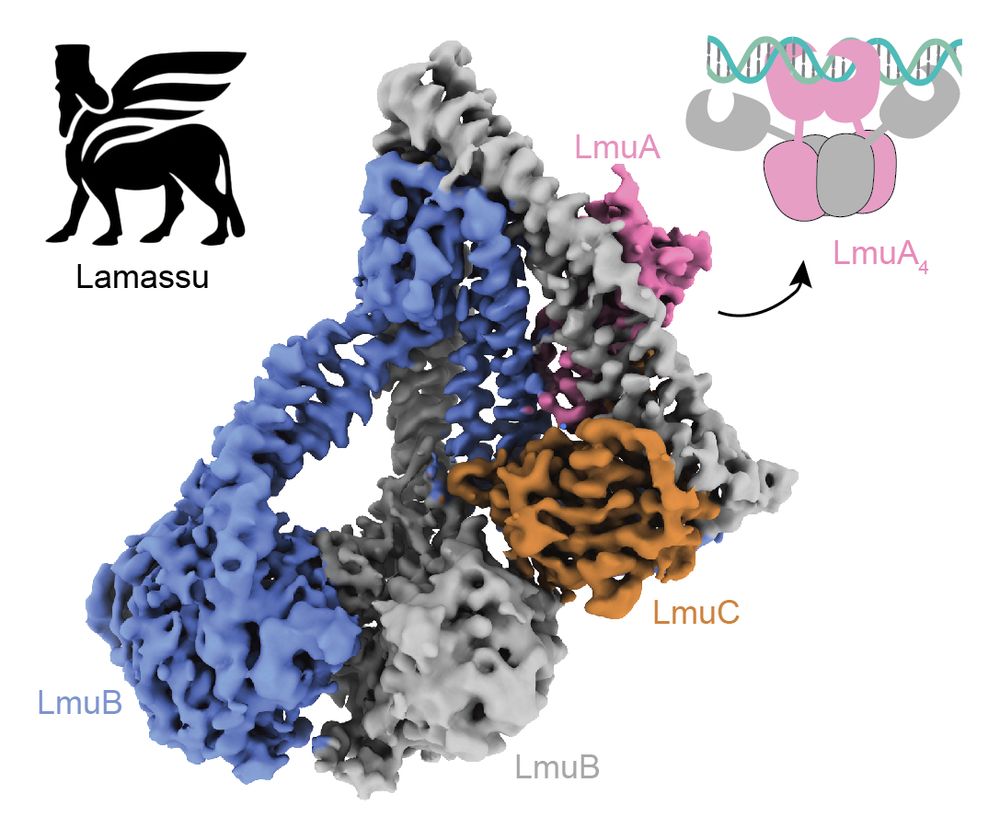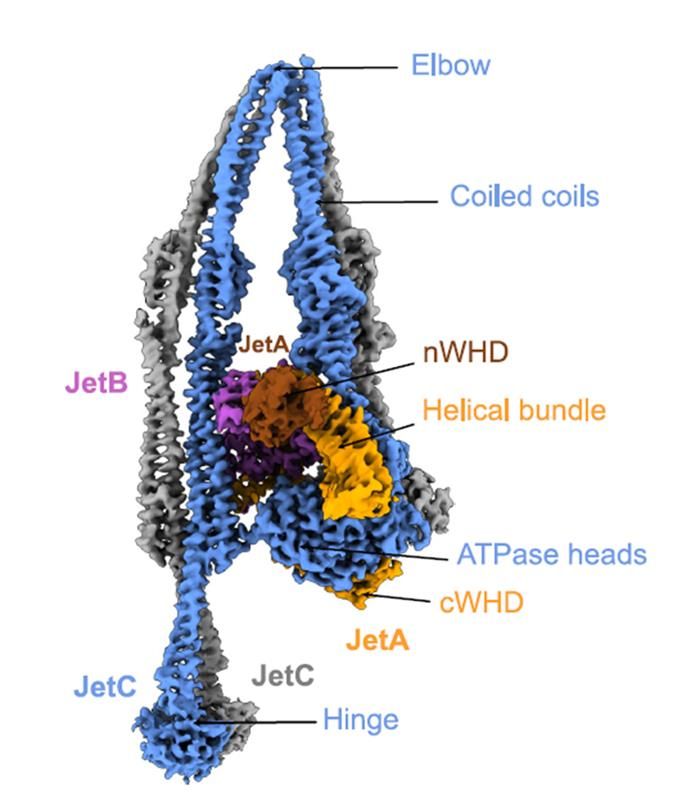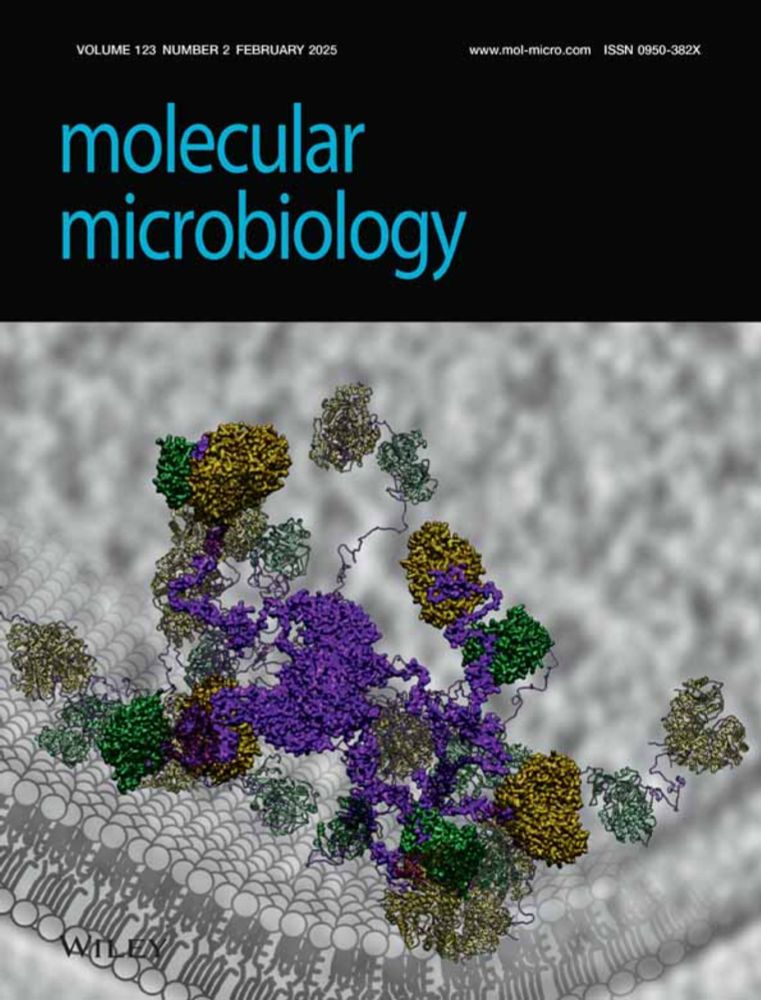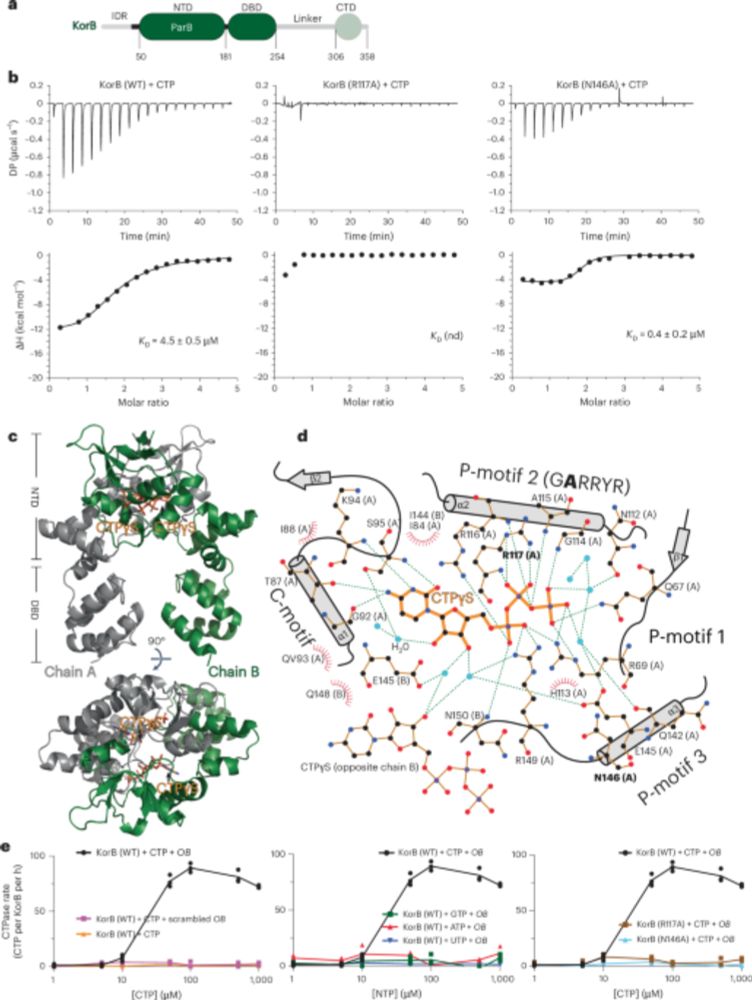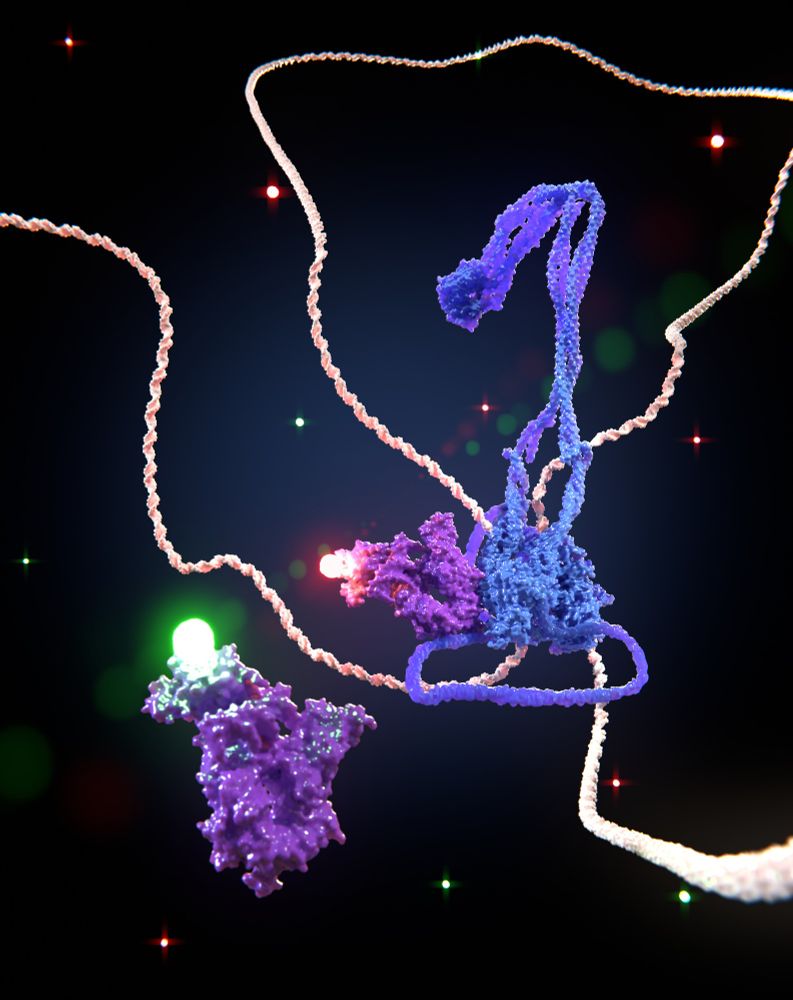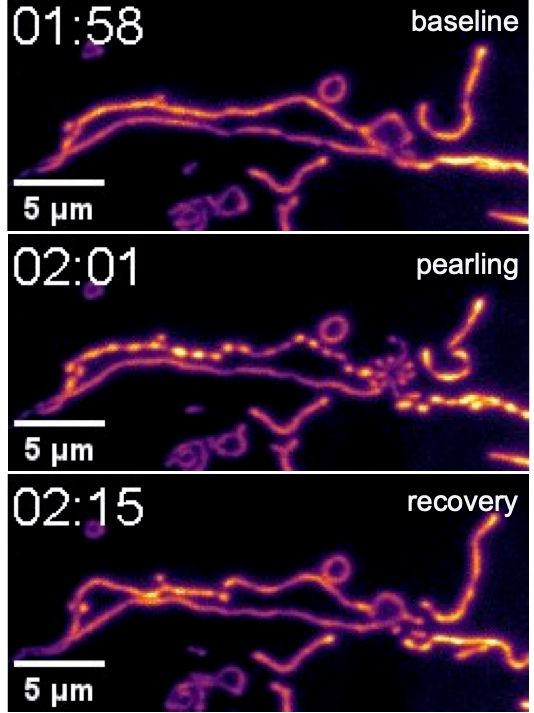Anjana Badrinarayanan
@anjbadri.bsky.social
220 followers
380 following
5 posts
www.microgenomes.com
Posts
Media
Videos
Starter Packs
Reposted by Anjana Badrinarayanan
Reposted by Anjana Badrinarayanan
Reposted by Anjana Badrinarayanan
Reposted by Anjana Badrinarayanan
Reposted by Anjana Badrinarayanan
Reposted by Anjana Badrinarayanan
Tom Ellis
@proftomellis.bsky.social
· Feb 6
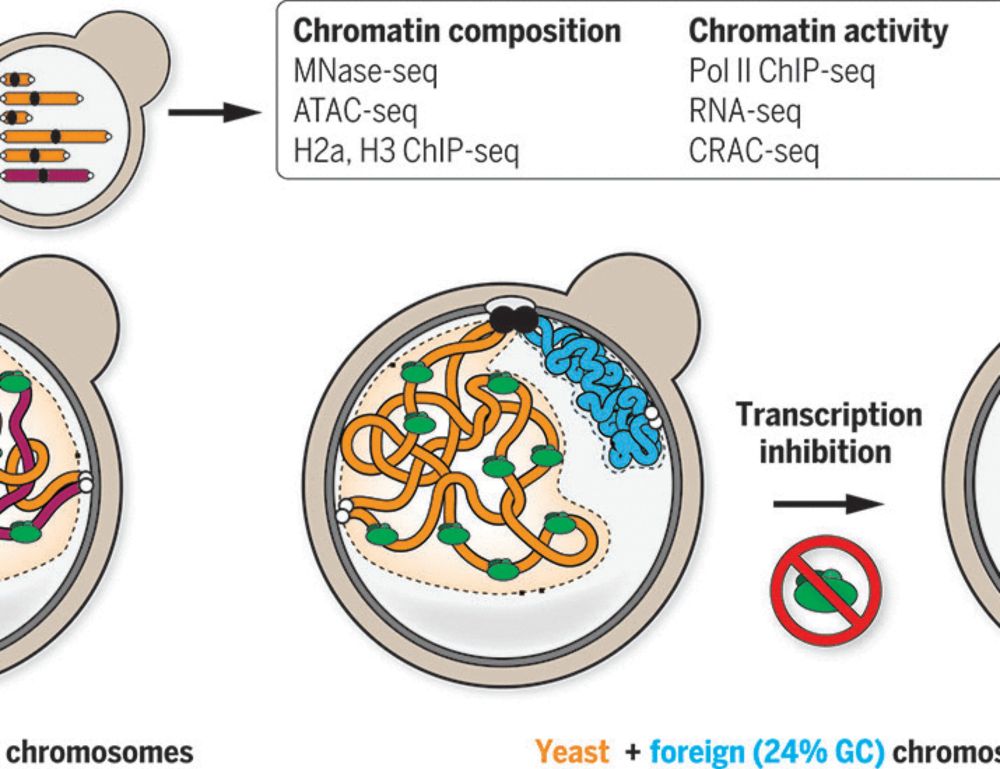
Sequence-dependent activity and compartmentalization of foreign DNA in a eukaryotic nucleus
In eukaryotes, DNA-associated protein complexes coevolve with genomic sequences to orchestrate chromatin folding. We investigate the relationship between DNA sequence and the spontaneous loading and a...
www.science.org
Aditya Kamat
@adityakamat.bsky.social
· Jan 29

Variability in intrinsic promoter strength underlies the temporal hierarchy of the Caulobacter SOS response induction
Bacteria encode for gene regulatory networks crucial for sensing and repairing DNA damage. Upon exposure to genotoxic stress, these transcriptional networks are induced in a temporally structured mann...
www.biorxiv.org
Reposted by Anjana Badrinarayanan
Reposted by Anjana Badrinarayanan
Suliana Manley
@sulianamanley.bsky.social
· Dec 23




